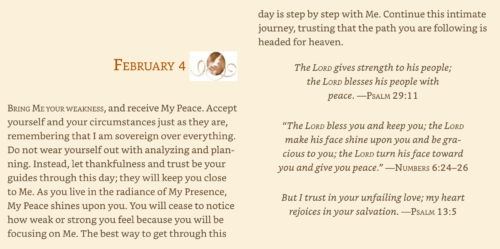Reading with the Divine Presence
Lectio divina is a contemplative way of reading and relating to Scripture and other sacred writings. The medieval monk Guigo II (d. 1188) names the four steps of this foundational contemplative practice:
One day when I was busy working with my hands I began to think about our spiritual work, and all at once four stages in spiritual exercise came into my mind: reading, meditation, prayer and contemplation. These make a ladder for monks by which they are lifted up from earth to heaven. It has few rungs, yet its length is immense and wonderful, for its lower end rests upon the earth, but its top pierces the clouds and touches heavenly secrets. [1]
James Finley has taught extensively on lectio divina and Guigo II. In the most recent season of his podcast Turning to the Mystics, he describes the intention to be present to God that underlies all lectio divina practice:
We sit in prayer, renewing our faith that we’re sitting there in God’s presence all about us and within us, closer to us than we are to ourselves. And we’ve come here with no other intention, but a kind of rendezvous with God, as a way to turn to God to help us to deepen our experience of God’s presence in our life. That’s why we’re there. It’s a moment of intimacy, of devotional sincerity, of deepening this union with God in prayer. [2]
Finley explains Guigo’s instructions for transformative reading:
The power of God’s words works as leaven in the heart, awakening us to a personal experience of the presence of God that Scripture reveals. Read in this way, the Scriptures are one long love letter from God. Each verse tells the story of the love that perpetually calls us to itself. . . .
The first rung of the ladder is that of reading the Scriptures as a way of seeking God. Then, in the midst of a quiet, sincere seeking, there is the graced event of coming upon words that embody that which we seek. As we read, we come upon something of God’s presence in that which we are reading. And in coming upon that which we seek, we descend into the depths of our awakened heart, from which there emerge thoughts, images, and connotations that simply flow out, without being seized or grasped hold of in any way. . . .
Daily meditation practice goes best as we learn to stand firmly on the first rung of the ladder to heaven. By this I mean learning to be attentive to God’s voice reverberating in a poem, a novel, the refrains of a song, a report on the evening news, or a conversation overheard in the waiting room at the doctor’s office. In learning to stand firmly on the first rung of the ladder to heaven, we learn to be receptive and open to God, uttering us into existence as we wash out a pot, or fix a broken gate, or slip off our shoes at the end of the day. [3]
[1] Guigo II, The Ladder of Monks: A Letter on the Contemplative Life, and Twelve Meditations, trans. Edmund Colledge and James Walsh (Garden City, NY: Image Books, 1978), 81–82.
